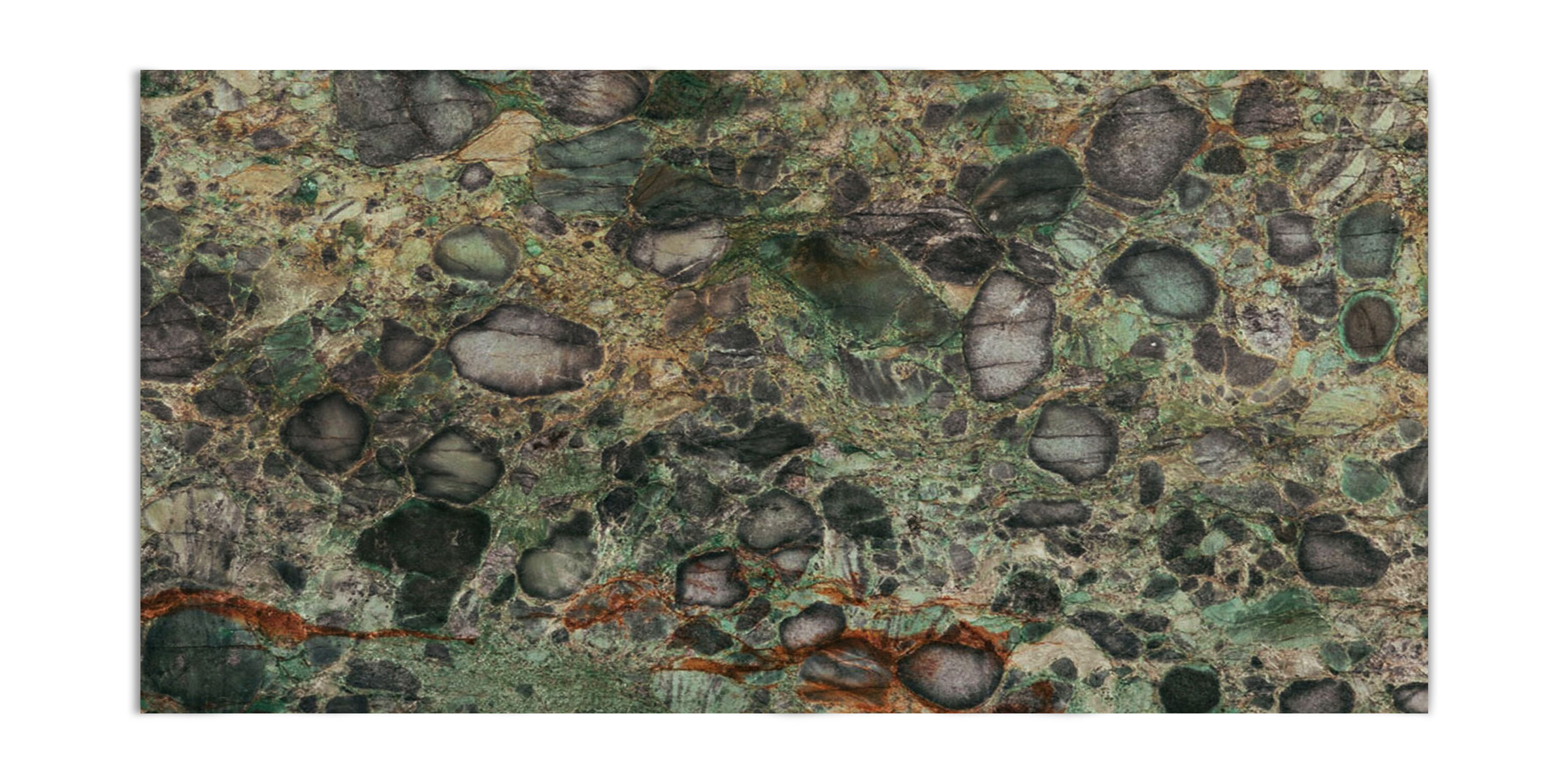Granite countertops are a beautiful and durable choice for kitchens and bathrooms, but like all natural stone, they require some maintenance to keep them looking their best. One of the most important aspects of granite care is sealing. Sealing your granite countertops helps protect them from stains, spills, and moisture penetration. But how often do you really need to seal your granite? Let’s break it down.
Why Do Granite Countertops Need Sealing?
Granite is a naturally porous material, meaning it can absorb liquids if left untreated. While granite is more stain-resistant than softer stones like marble, it’s still susceptible to damage from oils, water, and acidic substances like wine, coffee, and vinegar. Sealing granite countertops creates a protective barrier that prevents liquids from penetrating the stone, reducing the risk of stains and keeping your countertops looking pristine for years.
How Often Should You Seal Granite?
The frequency of sealing granite countertops depends on several factors, including the type of granite, how much use the countertops get, and the type of sealer used. Here are some general guidelines:
-
Newly Installed Granite: Most granite countertops come pre-sealed from the manufacturer, so you may not need to apply a new coat of sealant right away. However, it’s still a good idea to perform a water test (more on that below) to check if your granite needs sealing shortly after installation.
-
Annual Sealing (or Less): For most granite countertops, sealing once a year is a good rule of thumb. Some high-quality sealers can last even longer, meaning you might only need to seal your countertops every 2-3 years. Granite with a denser composition might also require less frequent sealing.
-
Heavy Use Areas: If your granite countertops are in a high-traffic area like a busy kitchen or frequently-used bathroom, you might want to seal them more often. Countertops that regularly come into contact with food, oils, and cleaning products will wear down the sealer faster.
How to Tell If Your Granite Needs Sealing
One of the easiest ways to check if your granite countertops need sealing is the water test. Here’s how to do it:
- Pour a small amount of water (about a quarter-sized puddle) on the countertop surface.
- Let the water sit for about 15 minutes.
- If the water beads up, your sealer is still intact, and your granite doesn’t need resealing.
- If the water soaks into the granite and darkens the stone, it’s time to reapply a sealant.
Steps for Sealing Granite Countertops
Sealing your granite countertops is a relatively simple DIY task. Here’s a quick guide on how to do it:
-
Clean the Countertop: Thoroughly clean the surface with a granite-specific cleaner or a mild soap and water solution. Ensure it’s free from dirt, grease, and debris. Let the countertop dry completely before proceeding.
-
Apply the Sealer: Using a clean, soft cloth or a foam brush, apply a granite sealer evenly across the surface. Be sure to follow the manufacturer’s instructions for best results. Some sealers require multiple coats, while others are a one-coat application.
-
Wipe Off Excess Sealer: After the sealer has been on the surface for the recommended time (usually around 15-20 minutes), wipe off any excess with a clean cloth. Make sure the surface is completely dry.
-
Let the Sealer Cure: Allow the sealer to cure according to the instructions. This can take anywhere from 24 to 48 hours. During this time, avoid placing anything on the countertops to ensure the seal is effective.
Signs You Need to Reseal Sooner
Sometimes, granite countertops might need to be resealed sooner than expected. Here are some signs to watch for:
- Stains Appear Easily: If you notice that even small spills are leaving stains or marks, it’s likely your sealer has worn off.
- Water No Longer Beads Up: If water quickly absorbs into the stone instead of beading on the surface, it’s time to reseal.
- Faded Shine: Granite countertops should have a natural shine, even without polish. If your countertops look dull, it might be because the protective seal has worn away.
Choosing the Right Sealer
When selecting a sealer, opt for a high-quality product designed specifically for granite or natural stone. There are two main types of sealers:
- Topical Sealers: These sealers form a protective layer on the surface of the stone. They’re easy to apply but tend to wear down faster, especially in high-use areas.
- Penetrating Sealers: These sealers soak into the granite, providing deeper protection. They last longer and are often the preferred choice for kitchen countertops.
Conclusion
Sealing granite countertops is a necessary step to ensure their longevity and beauty. For most countertops, sealing once a year is sufficient, but always perform the water test to determine if your countertops need resealing sooner. With proper care and sealing, your granite countertops will remain stunning and durable for many years to come.
Do you need help choosing a granite sealer or want advice on caring for your stone countertops? Drop your questions in the comments below!

